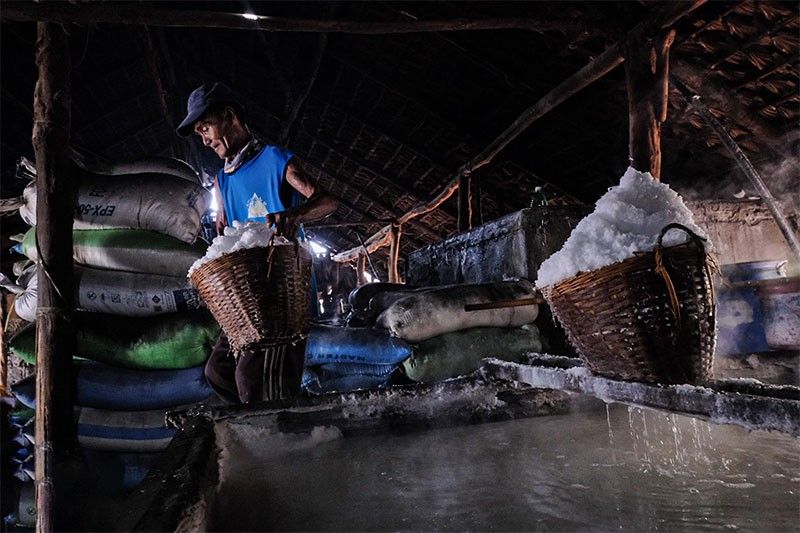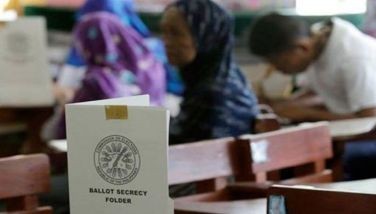Philippines slaps higher tariff on imported salt

MANILA, Philippines — Local salt industry stakeholders and experts do not think that the hike on the tariff on imported salt products implemented by the government could make any difference in the lives of Filipino salt farmers and the development of the local salt industry.
The Bureau of Customs (BOC) confirmed to The STAR that the increase in salt tariffs to nine percent took effect with the issuance of Customs Memorandum Circular 164-2024 dated Sept. 30, at least six months after Republic Act 11985 or the Philippine Salt Industry Development Act was signed into law by President Marcos.
RA 11985 created the Salt Industry Development and Competitiveness Enhancement Fund (SIDCEF) that would use the increased salt tariffs collected to finance local machinery distribution, establishment of salt farm warehouses, extension services and modernizing salt production practices.
The SIDCEF shall exist for the next 10 years with salt tariffs collected being automatically credited to a special account with the National Treasury.
“For sure the higher tariffs would help in developing the salt industry as long as the tariffs collected would be channeled to that industry,” Agriculture Secretary Francisco Tiu Laurel Jr. told The STAR.
However, experts and industry stakeholders do not see the increase in salt tariffs making a significant improvement in the local salt industry as collections would remain meager, since most salt imports are tariff-free, coming from countries that have existing free trade agreements (FTAs) with the Philippines.
Customs records showed that only P240.845 million out of the total P2.456 billion worth of salt imports last year were slapped with tariffs, since most of the shipments entered the country tariff-free under existing FTAs.
From the P240.845 million, the BOC only collected P2.43 million worth of salt tariffs.
Philippine Statistics Authority data showed that the top four salt exporters to the Philippines – Australia, China, Thailand and New Zealand – are all covered by FTAs.
“In that case, none,” said Roehlano Briones of the Philippine Institute for Development Studies when asked about the possible impact of the salt tariff collections given the current trade environment.
For example, Australia, the country’s top foreign supplier, shipped $27.592 million of salt to the Philippines last year, all of which entered the country tariff-free.
Australia accounted for at least three-fourths of the $36.571-million total value of salt products imported by the country, based on PSA data.
Danilo Fausto of the Philippine Chamber of Agriculture and Food Inc. urged the government to retroactively implement the higher tariff on shipments that should have been charged with the nine percent rate but were only assessed with one percent.
Marie Annette Dacul, executive director of University of Asia and the Pacific’s Center for Food and Agri Business, said the challenge for the government is to identify “alternative” approaches to “strengthen” the local salt industry to reduce reliance on tariff collections.
- Latest
- Trending

































